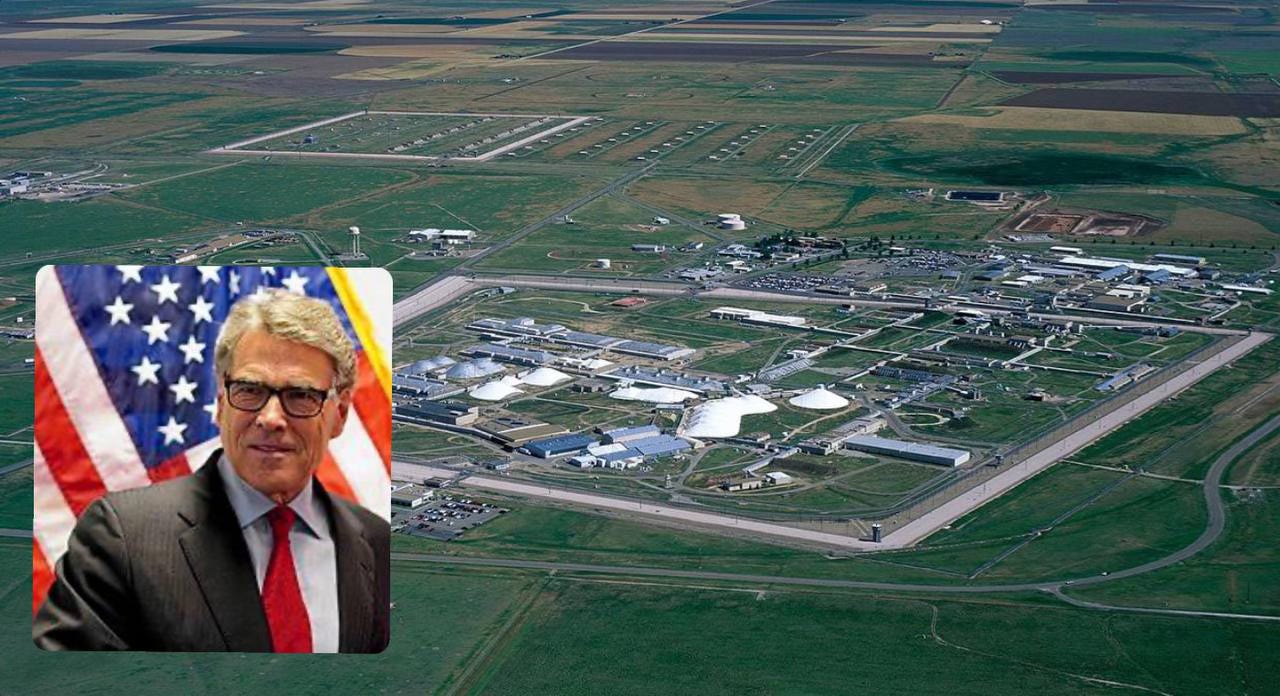Rick Perry Proposes Massive Nuclear-AI Campus Named After Trump
Former Energy Secretary's company seeks to build four reactors and 18 million square feet of data centers by 2032
Former Energy Secretary Rick Perry's company, Fermi America, has filed federal applications to construct what would be the world's largest data-center campus powered by nuclear energy. The proposed Donald J. Trump Advanced Energy and Intelligence Campus would feature four one-gigawatt Westinghouse AP1000 reactors alongside 18 million square feet of computing space near Amarillo's Pantex nuclear weapons facility.
Executive Chairman Toby Neugebauer, a Texas private equity investor, targets a 2032 completion date for the nuclear complex. The project includes substantial natural gas capacity, with company officials stating they can deliver 11 gigawatts of energy—equivalent to Manhattan's total consumption—through gas alone if nuclear construction faces delays. "If you can't do it here, you can't do anywhere," Neugebauer said, citing the remote Texas Panhandle location as advantageous for rapid permitting.
The venture partners with Texas Tech University and includes Perry's son Griffin as a founder. Financial backing details remain undisclosed. Company leadership promises expertise from executives who have financed and built major power projects globally.
Fermi America's social media emphasizes Trump connections, featuring the slogan "Make America Nuclear Again" alongside promotional videos. The company plans to name each reactor individually after Trump. While the regulatory filing uses the Trump campus designation, Fermi states no final naming decision has been made.
The proposal emerges amid soaring AI energy demands driving massive data center expansion. Texas also hosts the planned Stargate project—a five-gigawatt OpenAI-SoftBank collaboration in Abilene. Meanwhile, tech giants Microsoft, Amazon, and Meta have secured exclusive power agreements with existing nuclear facilities.
Recent AP1000 projects highlight construction challenges. Georgia's Vogtle plant came online $17 billion over budget and seven years late in 2023. South Carolina utilities abandoned their AP1000 project in 2017 after spending $9 billion, though revival efforts continue seeking tech industry backing.
Neugebauer argues that other countries, particularly China, build identical AP1000 reactors on schedule and budget. He credits regulatory changes under Trump for improving prospects. "We want to build these reactors for America," he said.
The application arrives during significant NRC upheaval. Trump signed executive orders increasing White House oversight of the historically independent agency, which nuclear safety advocates warn could compromise regulatory integrity. The administration recently fired NRC Commissioner Christopher Hanson, with representatives from the Department of Government Efficiency visiting the agency. The NRC's executive director of operations and deputies were also dismissed.
Nuclear industry observers note that while both Trump and Biden support nuclear expansion to meet crushing energy demands, economic factors beyond regulatory delays—including massive construction costs—have stagnated the U.S. nuclear sector. No large new reactors are currently under construction domestically, while China advances multiple projects.
This story originally appeared on The Washington Post.




